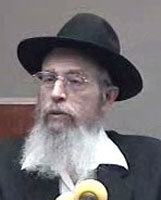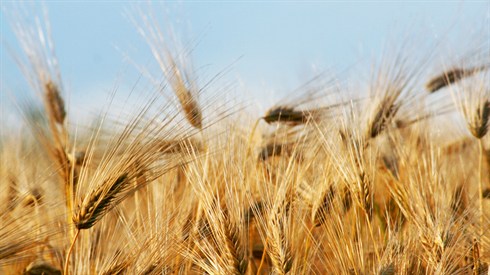- Sections
- Parashat Hashavua
- Torah Portion and Tanach
- Toldot
347
Midrashim connect the motif of redness in regard to Eisav to other contexts in Tanach. One midrash (see Midrash Shocher Tov 52) connects Eisav, the spiller of blood, to Doeg the Edomite, who tried and almost succeeded in having David’s blood spilled.
If we look at Tanach, we will find that King David himself, the pleasant poet/singer of Israel and the architect of the Beit Hamikdash, was twice described in terms of redness. When Shmuel went to Yishai’s home to look for a future king to anoint and David was eventually presented to him, he is described as "admoni with pretty eyes and good to the sight" (Shmuel I, 16:12). The second time is when Goliat saw David and belittled him (as a warrior) for being young, admoni, and good looking (ibid. 17:42).
Despite this one striking similarity between Eisav and David, Chazal explain to us the great difference between them. When Shmuel saw that David was ruddy, he was afraid that he might be a spiller of blood like Eisav. Hashem pointed out to Shmuel that he had nice eyes, and then added that Eisav killed because he decided to kill, whereas David would kill when he was acting on the instructions of the Sanhedrin (Bereishit Rabba 63:8). The connection between David’s nice eyes and the instructions of Sanhedrin is based on the fact that they are called the "eyes of the congregation" (see Bamidbar 15:24).
Our mentor, Rav Shaul Yisraeli zt"l, who was one of the greatest experts on the halachot of a Jewish state, posited that decisions do not require Sanhedrin per se. Rather, whoever expresses the desire of the nation and received the nation’s authorization to run the affairs of state has the equivalent status. While an actual Sanhedrin is more ideal, representatives who are chosen by means of election are also valid, and their decisions are considered the "law of the land" (Amud Hayemini I:9:10).
Over the past year plus (in addition to many previous "rounds"), we have been fighting groups of blood-thirsty murderers, who are students of Eisav the Admoni, the grandfather of Amalek, with whom there is always a mitzva to fight until their destruction. The difference between Hamas fighters and the IDF is that the latter are the successors of David Hamelech, who was an admoni with pretty eyes, who act in the name of a law-abiding state and fight the wars of Hashem with clean and pure hands. They can be called holy, righteous, and brave in their lifetimes and if it is, Heaven forbid, so decreed, then in their deaths.

Present or Inheritance... or Both?
Various Rabbis | Tevet 5768

Zaken Mamreh
Rabbi Yossef Carmel | 4 Elul 5767

(For me, Closeness to Hashem is Good” (Tehillim 73:28
Rabbi Yossef Carmel | Tishrei 4 5777

Eisav, the Social Philosopher
Rabbi Shaul Yisraeli zt"l | 5774

Hozer Ve-ne'or Laws
Chapter Seven-Part Two
Rabbi Eliezer Melamed | 5775

Take a Bow
Rabbi Yirmiyohu Kaganoff | Cheshvan 20 5780

Must My Car and Table Observe Shabbos?
Rabbi Yirmiyohu Kaganoff

The Mitzvah of “Duchening” - Birchas Kohanim
Rabbi Yirmiyohu Kaganoff | 5769
Daf Yomi Makkot Daf 12
R' Eli Stefansky | 22 Nisan 5785







